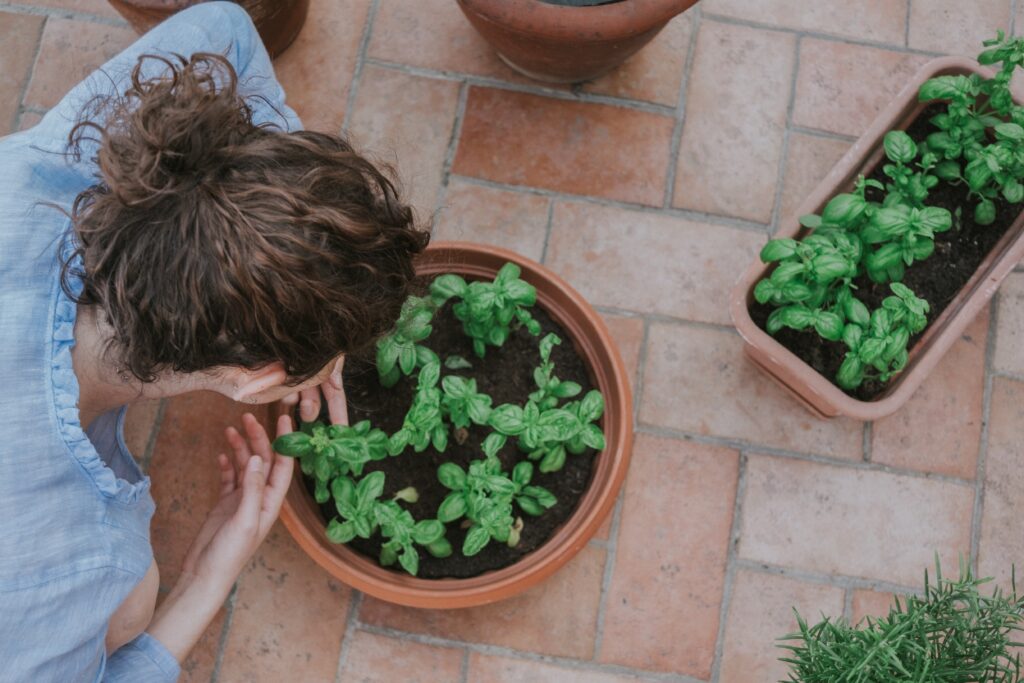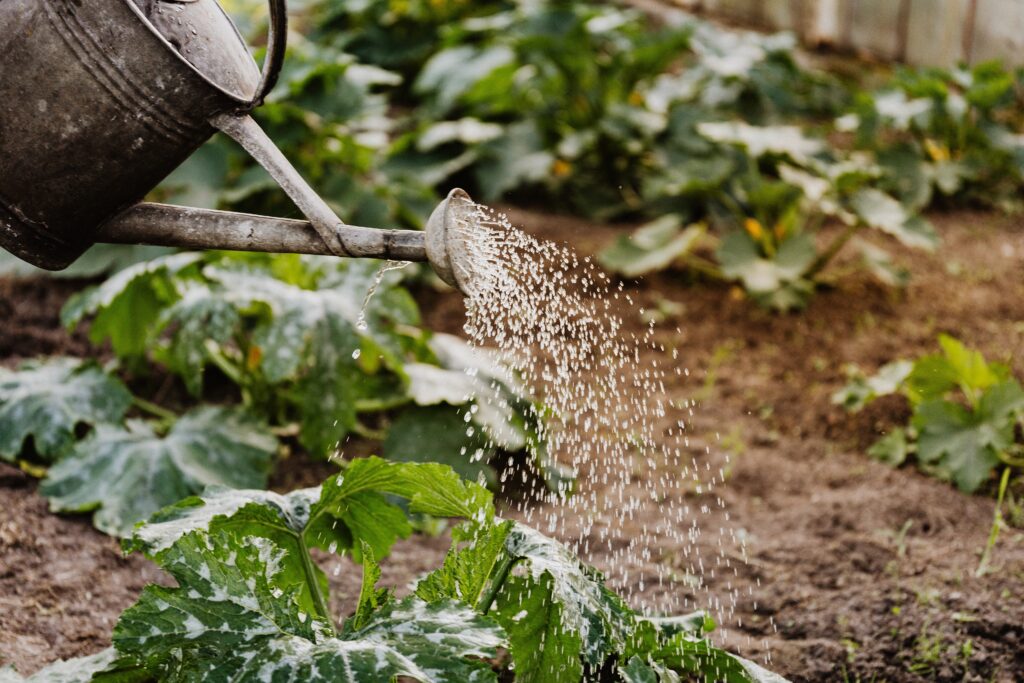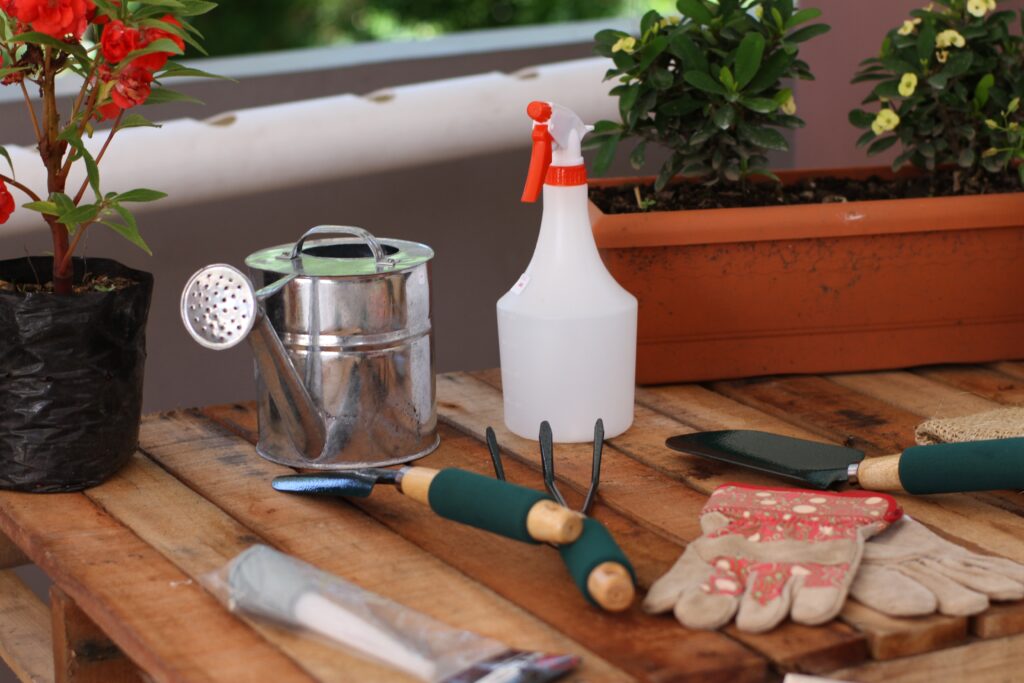Eco-friendly practices in landscaping are vital for the environment. Landscaping affects ecosystems, water resources, and biodiversity. However, eco-friendly approaches minimize harmful impacts. They preserve natural habitats and promote sustainability. Eco-friendly landscaping also reduces energy consumption. It contributes to a greener future. You can protect natural resources by using these eco-friendly tips for a greener landscape. Ultimately, it allows us to enjoy beautiful landscapes while preserving the planet for future generations.
Choosing native plants is crucial for creating a greener landscape. Native plants are those naturally occurring in a specific region. They have adapted to the local climate and soil conditions. The benefits of native plants are numerous. They require less maintenance. In addition, they are more resistant to pests and diseases. When selecting native plants, research the region. Then, choose those that thrive in the local environment. This ensures their successful growth and longevity.
They provide food and shelter for native wildlife, such as birds and butterflies. By incorporating native plants into your landscape, you contribute to preserving local ecosystems. Additionally, native plants are more water-efficient. They are adapted to the natural rainfall patterns of the region. This reduces the need for supplemental watering. This helps conserve water resources and promotes sustainability. By choosing native plants, you create a beautiful landscape and support the local environment while reducing water usage.

Water conservation techniques are vital for creating a greener landscape. Conserving water is crucial in landscaping. Efficient irrigation systems play a significant role. They minimize water waste and ensure targeted watering. Mulching is another important technique. It helps retain moisture in the soil, which reduces the need for frequent watering. Mulch also prevents weed growth and improves soil health.
Collecting and using rainwater is a valuable practice. It reduces the reliance on municipal water sources. Rainwater can be collected in barrels or cisterns and used for watering plants. Using these tips saves water and promotes sustainability. It helps protect water resources and reduces the environmental impact. Conserving water in landscaping is essential, especially in areas prone to drought. By adopting these techniques, you contribute to a greener environment. Additionally, you will ensure the long-term beauty of your landscape.
Organic gardening is one of the key tips for a greener landscape. It offers several advantages. Organic gardening practices prioritize the use of natural methods and materials. Avoiding synthetic pesticides and fertilizers protects the environment from harmful chemicals. Organic gardening promotes soil health and fertility. Instead of synthetic fertilizers, organic gardeners use compost and organic matter for soil enrichment. Composting is a simple yet effective technique. It involves recycling kitchen scraps, yard waste, and other organic materials to create nutrient-rich compost.
This organic matter improves soil structure, retains moisture, and supports beneficial soil organisms. By embracing organic gardening, you contribute to a healthier ecosystem. It reduces water pollution and protects beneficial insects, birds, and other wildlife. Additionally, organic gardening promotes sustainability by reducing dependence on external inputs and supporting a more self-sufficient approach. It also allows you to grow nutritious, chemical-free food. Organic gardening is a holistic and environmentally friendly approach that nurtures the land and the people who enjoy it.

Reducing lawn size is crucial for creating a greener landscape. Large lawns have a significant environmental impact. They require excessive water and fertilizer usage. By reducing lawn size, you can conserve water and minimize chemical runoff. Instead, consider creating functional outdoor spaces with alternative landscaping options. These spaces can be used for recreation, relaxation, or growing food. By incorporating native ground-covers and low-maintenance plants, you can enhance the beauty of your landscape while reducing maintenance needs.
Native groundcovers are well-adapted to the local climate. In addition, they require less water and maintenance. They also provide habitat for local wildlife. Low-maintenance plants, such as drought-tolerant species, reduce the need for frequent watering and minimize maintenance efforts. Reducing lawn size conserves resources and adds diversity and visual interest to your landscape. It allows for a more sustainable and eco-friendly approach to outdoor spaces. By embracing alternative landscaping options and incorporating native plants, you preserve biodiversity and create a greener environment.
Maintenance and care are crucial for creating a greener landscape. Proper maintenance practices ensure the health of your outdoor environment. Avoid over-watering and excessive pesticide use. Using these excessively can harm the environment. Instead, practice moderation and use Eco-friendly alternatives. Regularly monitor and adjust irrigation systems to prevent wastage. This helps conserve water resources and promotes sustainability. Additionally, perform routine inspections to identify and address any potential issues.
It’s important to use the right tools for maintaining your garden. When storing your tools, store them properly so they don’t get damaged and lost. Organizing your gardening tools will make maintenance a much easier task. If you are moving to a new home, pack and prepare tools properly so they can arrive safely. Moving garden items is easy when you organize the process well. Furthermore, by practicing responsible maintenance and care, you contribute to a greener landscape by minimizing environmental impact. Additionally, you’ll promote the overall well-being of your outdoor space.

Wildlife-friendly landscaping is a vital aspect of creating a greener landscape. It involves creating habitats for local wildlife. You can attract and support various species by providing food, water, and shelter. Installing bird feeders and birdbaths is a simple way to encourage birds to visit your landscape. These features provide nourishment and water sources for them. Building insect hotels and nesting boxes further enhances wildlife habitats. Insect hotels offer shelter for beneficial insects, such as bees and ladybugs. These play a crucial role in pollination and pest control.
By incorporating these elements into your landscape, you contribute to creating balanced ecosystems. Wildlife-friendly landscaping offers opportunities for close encounters with nature. It also provides educational opportunities for children. By creating welcoming spaces for wildlife, you contribute to the overall health and resilience of the ecosystem. This makes your landscape greener and more vibrant for both humans and animals.
Creating a greener landscape is achievable through simple eco-friendly practices. We can create a more sustainable outdoor environment with these tips for a greener landscape. Proper maintenance and care ensure a greener landscape. Each small step towards a greener landscape contributes to preserving our planet and its ecosystems. By prioritizing eco-friendly practices, we play a vital role in protecting the environment for future generations.